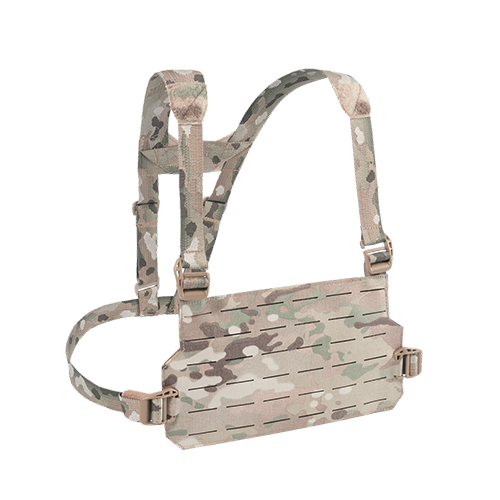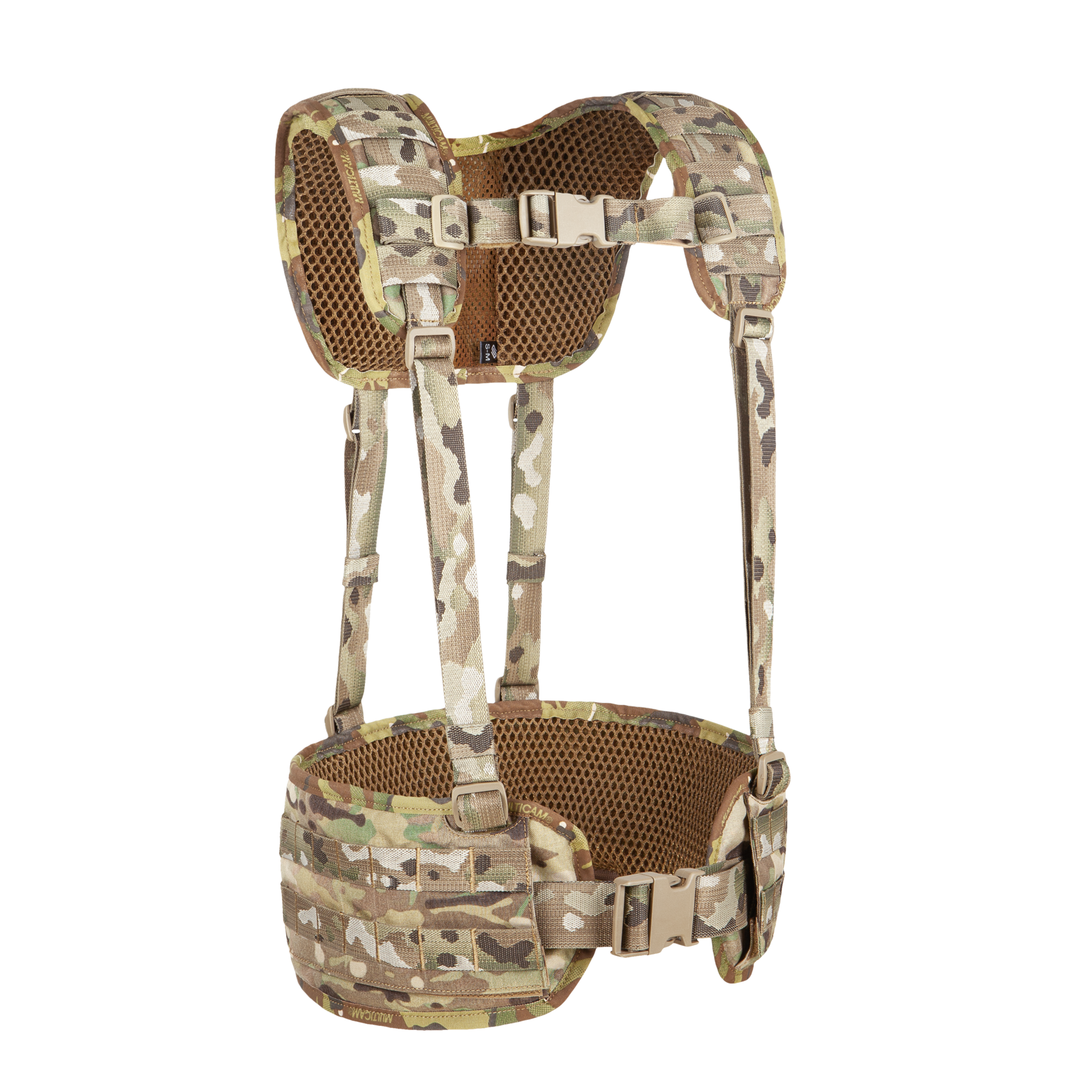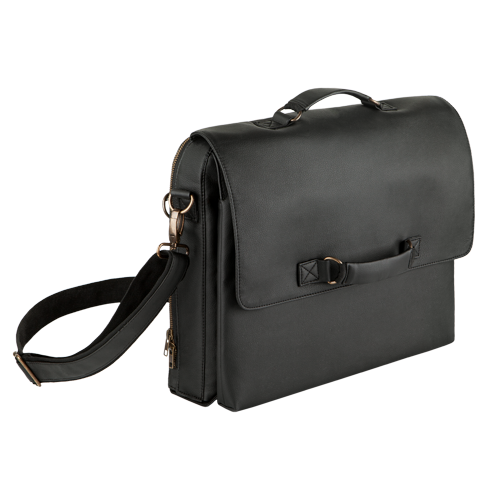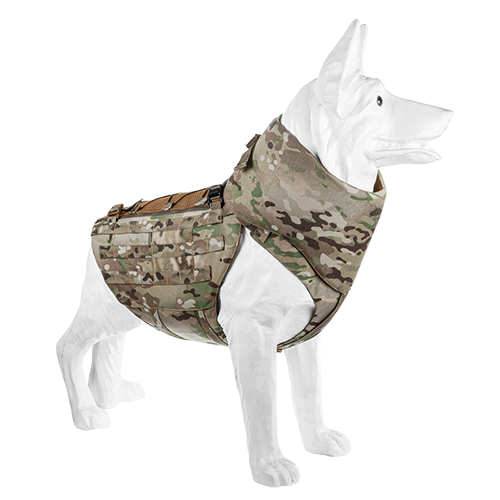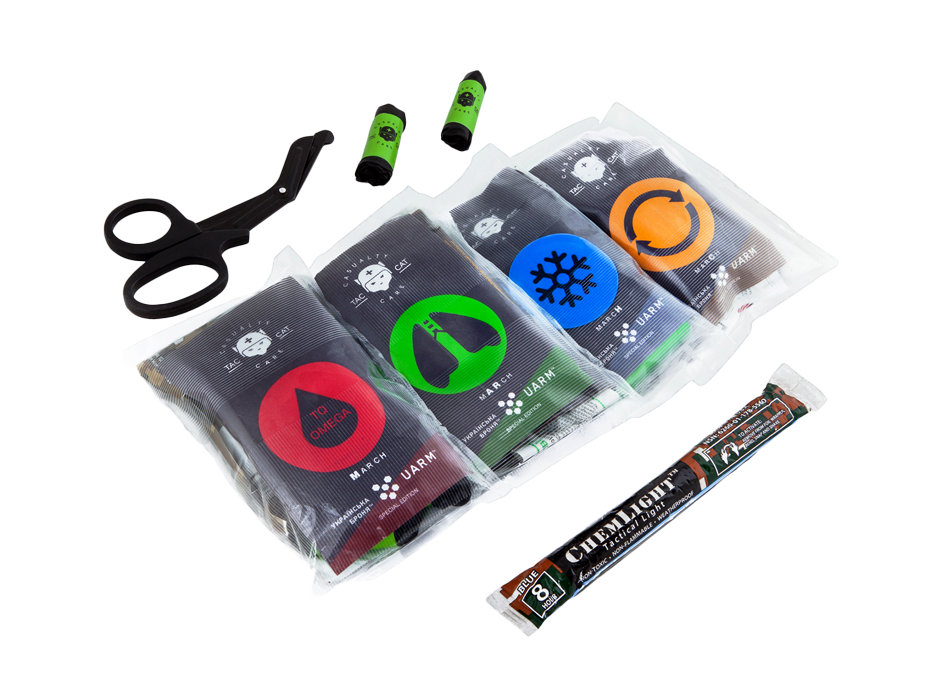Sort by Relevance
Sort by
- Relevance
- Lowest price
- Top customer rating
- Highest price
In Stock
Color

MultiCam
Coyote
Ranger Green
Black
Price
$
- $0
- $100
$
- $100
Size
S/XL
Shop By
Military
8
Law Enforcement
8
Gun Owners
8
Advanced Filters
Protection Level
Level 2 body
armor
8
Level 2 body
armor
8
Level 2 body
armor
8
Level 2 body
armor
8
Level 2 body
armor
8
Level 2 body
armor
8
Protection
Level 2 body
armor
8
Level 2 body
armor
8
Level 2 body
armor
8
Level 2 body
armor
8
Level 2 body
armor
8
Level 2 body
armor
8
Tactical chest rigs are probably the best ways to quickly and easily increase your individual tactical capability. Also, unlike directly attached MOLLE/PALS gear, you can quickly take the rig on and off when you need it.
In most combat and emergency situations, a rig will be used by a specialist to carry mission-specific gear. This can include larger medical packs, mines and explosives, technical equipment, as well as a wide range of surveillance gear.
Those in the market to buy a good tactical chest rig should look for three aspects that make the difference between a good product for sale and an insufficient one:
- Materials
- Attachments
- Balancing

